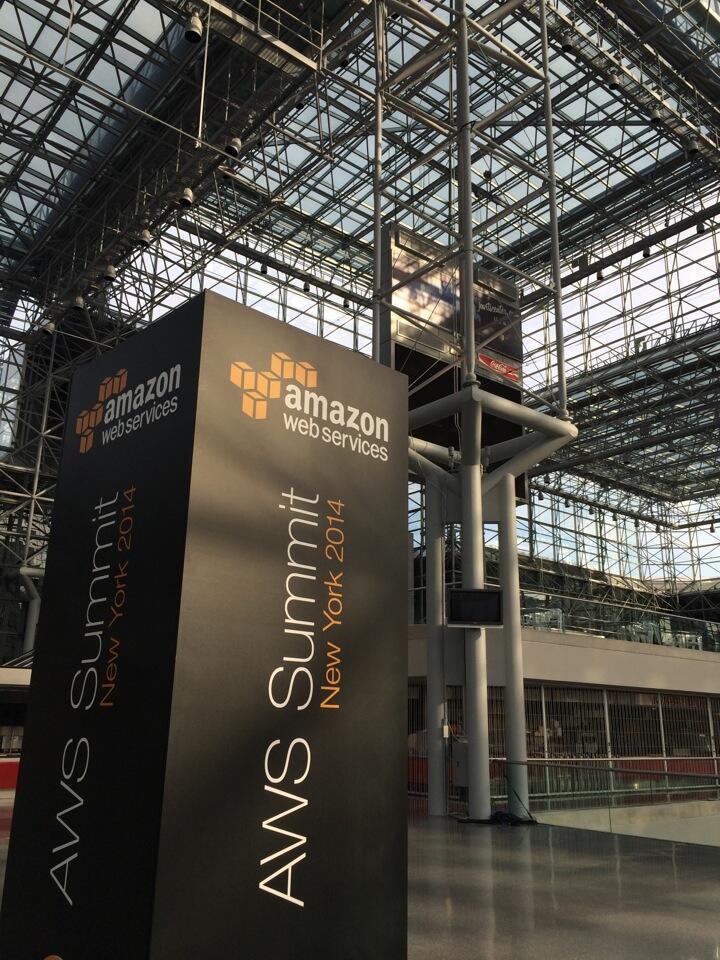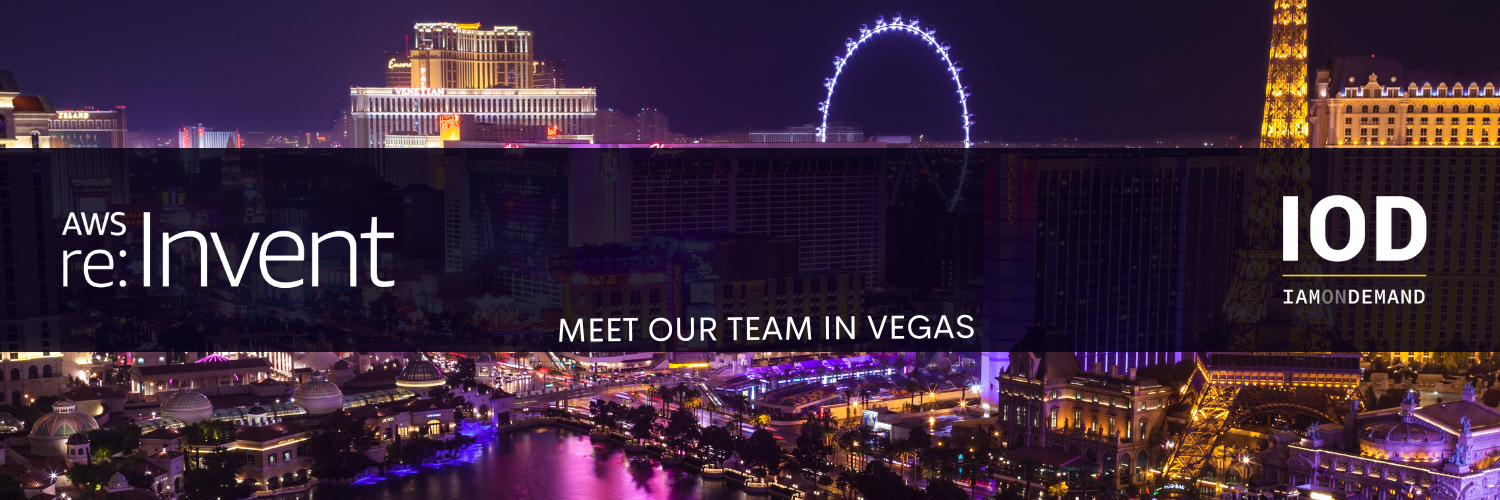 Last week’s NYC AWS summit was yet another success for the cloud giant. Just shy of the impressive turnout at re:Invent 2013 in Las Vegas, last week’s summit had so many attendees, they ran out of badges! As always, the lectures were great, however, we weren’t told anything new. Despite the ever-growing awareness of AWS cloud, Werner has been pitching the same “old” messages for years. Security issues, price reductions, fast deployment, and scalability were introduced in a much more organic way three years ago, and this year’s summit proved that these concepts have been fully internalized by AWS users. Continuing to promote the seemingly never ending list of cloud features, Werner is a true evangelist and cloud celebrity who attracts crowds of thousands when he speaks.
Last week’s NYC AWS summit was yet another success for the cloud giant. Just shy of the impressive turnout at re:Invent 2013 in Las Vegas, last week’s summit had so many attendees, they ran out of badges! As always, the lectures were great, however, we weren’t told anything new. Despite the ever-growing awareness of AWS cloud, Werner has been pitching the same “old” messages for years. Security issues, price reductions, fast deployment, and scalability were introduced in a much more organic way three years ago, and this year’s summit proved that these concepts have been fully internalized by AWS users. Continuing to promote the seemingly never ending list of cloud features, Werner is a true evangelist and cloud celebrity who attracts crowds of thousands when he speaks.
The Growing AWS Cloud Ecosystem
Not only is Amazon growing, but its surrounding ecosystem is flourishing, as well. It seemed to me that somewhere around 50% of the exhibitors (give or take) were new to the show. A number of which even used the event as a rehearsal for AWS re:Invent in Las Vegas this coming November. Some of the new AWS ecosystem members, such as GreenSQL, Fortinet, Evident, and Sophos (which I’ve heard are doing great in the Amazon marketplace) came to the summit in efforts to revamp themselves and find their place in this new secure cloud environment. Additionally, I noticed many more cloud security vendors this time around, and understandably so, with the increased demand from new users. With the growing number of enterprises migrating to the cloud, security is a must from the get-go.
There is a huge following around tracking and logging companies, such as Application Performance Monitoring (APM), which were also predominant on the floor. These included my great friends from Datadog, the “old” New Relic, as well as new players like Sematext, Logentries and AppDynamics.
One area I felt was lacking, however, was big data representation. The only company I saw was Qubole, which “consumerizes” Hadoop clusters with a neat UI. This missing group made sense, because they most likely exhibit in their own industries, such as in gaming conventions, instead of coming to a generalized cloud computing event. Nevertheless, big data audiences were still present. Additionally, from my discussions with the cloud marketing folks on the floor, it seems that the AWS conferences generate a great amount of business leads and opportunities. I have been aware of the immense marketing value of these AWS shows for last two years, enjoying the exposure they have given me to numerous exhibitors.
Google and Amazon Rules the Cloud Stack
As per usual, there is a lot of media around Amazon announcements, and as a noted cloud evangelist, I have to say that Amazon is clearly moving up the “cloud stack” (I/P/SaaS). Starting with a single EC2 instance, and growing to produce Elastic Beanstalk and CloudFormation, AWS’ home-grown SaaS systems have been directed towards businesses of all sizes, though nothing was specifically enterprise centered. Taking notice of Google’s far reaching success with Gmail, GDrive and Google Docs services and modern offerings for enterprises, it appears that Amazon wanted to take a step forward with their own cloud market share of the new modern enterprise movement.
While Amazon began by commoditizing hardware, Google started off commoditizing enterprise applications. Now, the two have met. With Google announcing their Google Cloud Platform (GCP) GA at the start of this year, and Amazon’s recent announcement of their newest file sharing feature, Zocalo, both companies have essentially taken up the full cloud stack. With Zocalo reaching enterprise users, shaking traditional file systems as well as pushing DropBox and Box on the enterprise front, Amazon has leapt its way up, from providing foundational infrastructure, to a platform, and now a number of services.
Final Words
Was Amazon’s announcement a surprise? Not in the least. These companies are focused on one thing: bringing the comfort of typical home cloud computing to the enterprise level. From what I’ve witnessed up until now, I feel safe to say that Amazon has already conquered a major part of the enterprise IT market.
I guess we’ll have to wait and see how things pan out.

